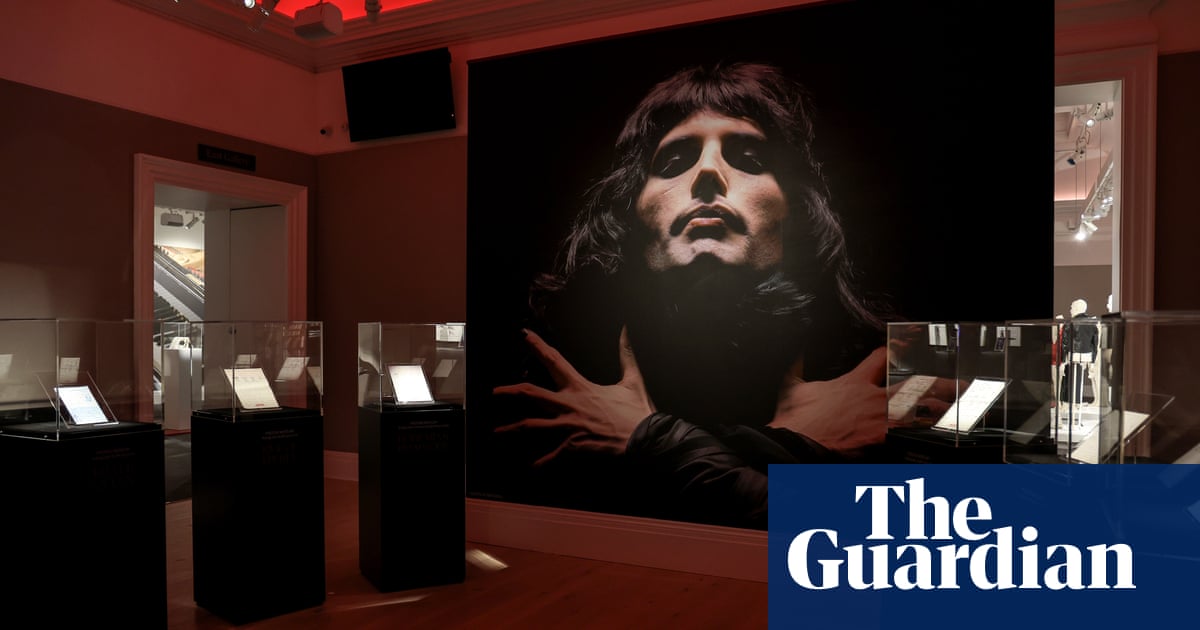
A drawing bought in a small French sale by a buyer with a hunch has been identified as a rare surviving page from an important notebook made by a young Peter Paul Rubens.
If Rubens’ original Theoretical Notebook still existed it would be a true art wonder, but it was all but destroyed in a fire in 1720. Only two pages were thought to have survived, treasures of collections in London and Berlin.
Sotheby’s, however, has announced a third page has been found, authenticated and will be sold at auction with an estimate of between £400,000 and £600,000, far more than the “low thousands” spent by the anonymous buyer in France.
“It is an amazing, exciting thing on so many levels,” said Gregory Rubinstein, Sotheby’s head of old master drawings, who had the task of authenticating the work.
He said the notebook was far more than a sketchbook and was fundamental to our understanding of Rubens. It was started by the young artist while he was in Italy between 1600 and 1608 and was full of drawings, notes and texts that reveal his thoughts on topics such as optics, symmetry, proportions, anatomy and even human consciousness.
“He noted down all sorts of things that he saw and also lots of his thoughts and ideas about aesthetics, about every aspect of art, about anything really that came into his mind,” Rubinstein said. “It is an extraordinary snapshot of what was going through his mind during this early period of his career.”
The notebook was famous and made its way into the collection of André-Charles Boulle, a superstar cabinet maker employed by Louis XIV. A fire in his Paris workshop led to its loss.
Art historians know what was in it because of copies made by associates and pupils, most notably in the Antwerp notebook, by Anthony van Dyck, which is at Chatsworth House in the UK.
Rubinstein said he loved the drawing because it brought together the two things that absorbed Rubens while he was in Italy – classical sculpture and “the most dramatic of 16th-century Italian paintings of a type he hadn’t seen back home”.
The drawing is double-sided. One shows a nymph and a satyr and is copied from a Roman sarcophagus frieze in the Palazzo Farnese in Rome.
“These bacchic subjects were at the heart of what Rubens did for the rest of his life, these really raunchy things which come out of antiquity,” Rubinstein said.
The other side shows a fallen, decapitated soldier copied from a fresco of The Death of Pentheus, painted by Daniele da Volterra in the Palazzo Farnese around 1548. It is a dramatic, violent image which ties in with paintings Rubens was producing around the same time. “You’ve just got it all wrapped up in one sketchbook page,” Rubinstein said.
The other two surviving sheets from the notebook are a study of the Farnese Hercules, part of the Courtauld Institute collection, and a drawing with texts and studies after Raphael and Holbein, which is in the collection of the Berlin Museum of Prints and Drawings.
Rubinstein said the buyer was a collector “who thought ‘that looks quite a lot by Rubens’, so I can’t take the credit.”
After it was brought in Rubinstein dived in to research that took him to Chatsworth, where he discovered Van Dyck’s copy of the drawing. It was then a question of working out if it was the hand of Rubens, or another copy.
The definitive confirmation that it was a rediscovered third sheet by Rubens came from the art historian Arnout Balis who was, by happy coincidence, working on the Theoretical Notebook for a volume of the Corpus Rubenianum, a vast art historical cataloguing project which is the ultimate Rubens reference material.
Rubinstein said the discovery was hugely exciting: “It is telling us something really interesting about the history of this major artist. The notebook tells us what an incredible, multifaceted person Rubens was – an artist, writer, diplomat. He was fascinated by what made the world work.”
The work will be offered at auction on 7 July.












